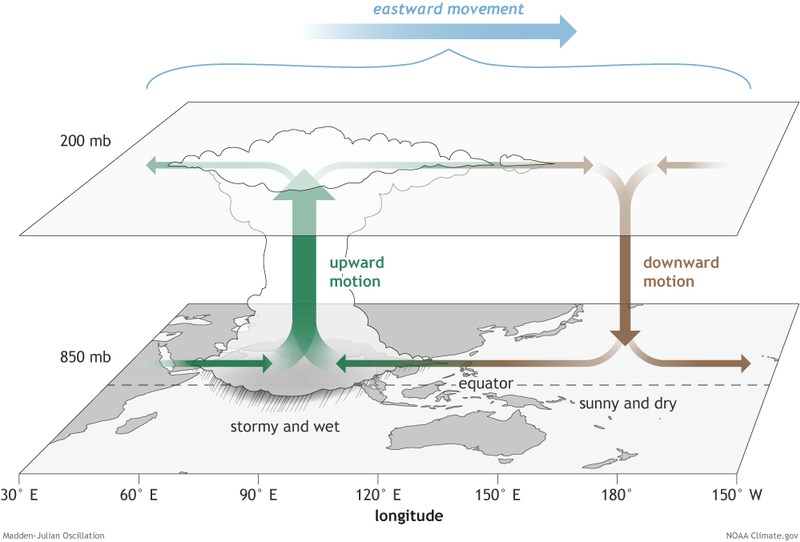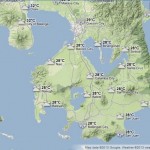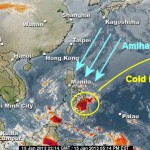La Niña – the little girl continues peeing on the Philippines

La Niña – the little girl continues peeing on the Philippines. ENSO and MJO play games with the southern Philippines. Instead of enjoying the begin of summer, we are seeking shelter from sometimes torrential rains. We are shortly explaining what is happening and what to expect in the weeks to come.
La Niña – part of ENSO
ENSO is the abbreviation for the El Niño Southern Oscillation. ENSO is one of the most important climate phenomena on Earth due to its ability to change the global atmospheric circulation, which in turn, influences temperature and precipitation across the globe.
For us in the Philippines La Niña means a lot of rain and floods. Over in central America the little girl brings drought.
The contrary is El Niño. The little boy makes us sweating under a torrid sun but cools down central America.
Both effects are related to hot and cold water streams around the equator from central America to south eastern Asia.
The current status of these streams can be found here. An excellent “in a nutshell” explanation is here. Today’s status shows a cold stream of surface seawater from Central America towards SEA (South East Asia). Short: It rains cats and dogs.

La Niña and El Niño hunted by MJO ???
To be frank, until today I had never heard or read about MJO – did you?
MJO is the acronym of the Madden-Julian Oscillation.
The Madden–Julian oscillation (MJO) is the largest element of the intraseasonal (30- to 90-day) variability in the tropical atmosphere. It was discovered in 1971 by Roland Madden and Paul Julian of the American National Center for Atmospheric Research (NCAR). It is a large-scale coupling between atmospheric circulation and tropical deep atmospheric convection. Unlike a standing pattern like the El Niño–Southern Oscillation (ENSO), the Madden–Julian oscillation is a traveling pattern that propagates eastward, at approximately 4 to 8 m/s (14 to 29 km/h, 9 to 18 mph), through the atmosphere above the warm parts of the Indian and Pacific oceans. This overall circulation pattern manifests itself most clearly as anomalous rainfall. (Source: Wikipedia)
What does this mean for the Philippines?
The Madden Julian oscillation is currently inactive. This means that La Niña can cool down the very humid atmosphere over Micronesia, Palau and the Philippines. The cold air cannot hold all the humidity – this is why it rains.
Latest oceanic observations, along with most model outlooks, suggest this La Niña event is past its peak. It will get back to normal or neutral status in the middle of the spring season begin of May. La Niña – the little girl continues peeing on the Philippines











Recent Comments